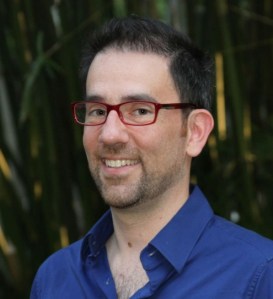
John W. Conklin is assistant professor in the University of Florida’s Department of Mechanical and Aerospace Engineering. Photo: Aurora M Agüero
What could be simpler than fitting a straight line to a set of data? The slope of the line is the science result for NASA’s Gravity Probe B experiment, a landmark satellite test of two predictions of general relativity. Prior to launch, the data analysis for GP-B was thought to be straight forward. After precise calibration of the measured data (not as easy as fitting a straight line), the resulting signal should change at a constant rate over time. Our goal was to measure this rate of change, hopefully with an accuracy of 1%.
In the fall of 2005, as the year-long science mission was concluding, the GP-B science team began producing plots of the science data collected from the Earth-orbiting probe. The figure shows one such plot. The slope of the best-fit straight line to these data is the magnitude of the elusive frame dragging effect, the main science goal of Gravity Probe B. Fear began to set it in. Where was the straight line? Continue reading

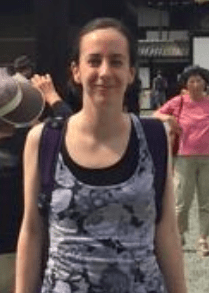


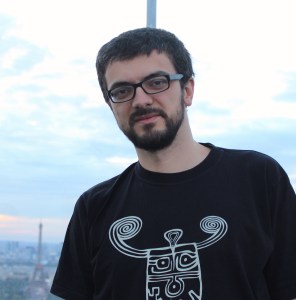

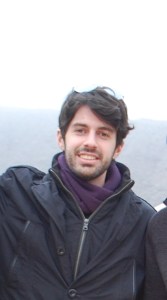



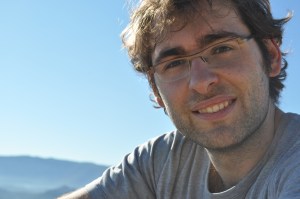
You must be logged in to post a comment.